Spring Onion White Lisbon
$4.49
Allium Cepa
- Seed count 100
- Mild Sweet Flavour
- Hardy Biennial
Only 13 left in stock
Description
Spring Onion White Lisbon is the ideal salad onion producing strong juicy bright-green tops with a long clear-white shank and a mild sweet flavour.
Spring Onions are very economical as most of the plant can be eaten with very little waste. Quick to mature, they are long-lasting and can be left to make larger stems without losing their flavour. Forms small bulbs when mature. Will do best on well-dug, manured soil in a sunny position.
| Method: Raise seedlings | Soil Temp: 8°C - 30°C |
| Cool Mountain: May - Jul | Position: Full sun |
| Arid: May - Aug | Row Spacing: 10cm apart |
| Temperate: April - Aug | Planting Depth: 5mm |
| Sub Tropical: Apr - Jun | Harvest: 120 days |
| Tropical: Jun - Jul | Plant Height: 25cm |
Growing Spring Onions
Site Selection and Soil Preparation
Sunlight:
- Spring onions prefer at least 6 hours of sunlight daily, especially during cooler months.
- In extremely hot regions, some afternoon shade might be beneficial, particularly during the peak summer heat.
Soil:
- Well-drained, fertile soil is essential. Amend heavy clay soils with copious amounts of compost or other organic matter to improve drainage and aeration.
- Sandy soils may require more frequent watering to maintain moisture.
- A slightly acidic to neutral pH (6.0-7.0) is ideal.
Soil Preparation:
- Before planting, till the soil to a depth of approximately 20cm, removing any weeds or rocks.
- Incorporate well-rotted compost or other organic matter to enrich the soil and improve its structure.
Planting Method
Sowing Time:
- Sow seeds directly into the garden bed in autumn for a winter and spring harvest or spring for a summer and autumn harvest.
- Adjust timing based on your local climate. See product description.
Sowing Depth & Spacing:
- Sow seeds directly into your garden about 3 mm deep and 3 cm apart.
- Thin seedlings to 5 cm apart once they have a few true leaves to prevent overcrowding and promote better growth.
Ongoing Care
Watering:
- Consistent moisture is crucial, particularly during germination and establishment.
- Water deeply and less frequently to encourage deep root growth and avoid surface waterlogging.
- Mulching helps retain soil moisture and suppress weeds.
Fertilising:
- Spring onions are relatively low-maintenance, but a light application of balanced, slow-release fertiliser at planting or during active growth can boost production.
- Avoid excessive nitrogen, as this can promote excessive leafy growth at the expense of bulb development.
Weed Control:
- Regularly weed around your spring onions to prevent competition for nutrients and water.
- Mulching helps suppress weed growth.
Pest & Disease Management:
- Monitor plants for pests like onion flies and aphids.
- Natural pest control methods, such as introducing beneficial insects (ladybugs) or using insecticidal soap, are recommended over harsh chemicals.
Harvesting
Leaf Harvesting:
- Begin harvesting leaves when they reach a desirable length, typically 6-8 weeks after sowing (depending on the variety).
- Cut the leaves from the base, leaving the roots intact for continued growth. This allows for multiple harvests from a single plant.
Bulb Harvesting:
- For a full bulb harvest, pull the entire plant from the ground when the bulbs reach a desirable size.
Companion Planting
Beneficial Companions:
- Carrots: Deters onion flies and benefits from the onion’s pest-repelling properties.
- Lettuce/Spinach: Tolerates partial shade from spring onions and shares resources.
- Rosemary: Repels many common garden pests.
- Chamomile: Can help improve the soil.
Plants to Avoid:
- Beans can sometimes inhibit onion growth.
Regional Considerations
Tropical/Subtropical Regions:
- Plant in the cooler months (autumn and winter) to avoid heat stress. Provide adequate shade during the hottest part of the day.
Temperate Regions:
- More flexibility in planting times. Autumn and spring sowings are ideal.
Arid Regions:
- Water conservation techniques are crucial. Mulching and drip irrigation are recommended.
Troubleshooting:
Yellowing Leaves:
- May indicate nutrient deficiencies (particularly nitrogen), overwatering, or pest infestation.
Poor Growth:
- Check for pests, diseases, soil compaction, or nutrient deficiencies.
Bolting (Flowering):
- Occurs under stress conditions (heat, drought, overcrowding).
- Harvest immediately.
Postage Charge
Orders under $30 attract a $4.50 shipping charge. Orders $30 and above have free shipping.
Order Times
Seed orders are normally dispatched within three business days. You will receive an email when seeds are mailed out.
Postage Days
Seeds are mailed out Monday to Friday at 1pm. Except for the Friday of long weekends.
Postage Times
WA 2-3 Days: SA,NT 3-5 Days: NSW, ACT, QLD, VIC: 5-7 Days
Carrier
We use Australia Post Letter Postage for the majority of orders
Not only are our seeds packed in recycled paper envelopes, we keep the theme going when we post out website orders. To protect your seeds from moisture and the letter box munchers (snails), we use a very special plastic free material made from plants. They are then put into recycled mailing envelopes. Green all the way 💚🌿

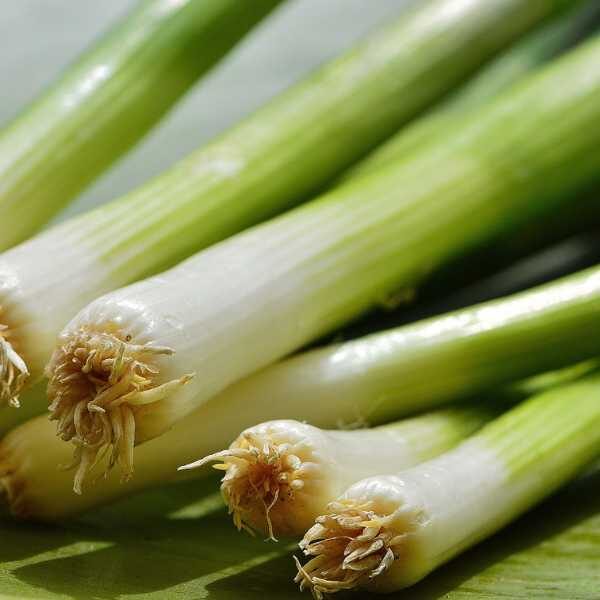


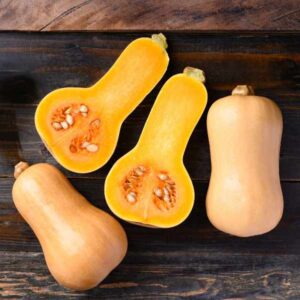
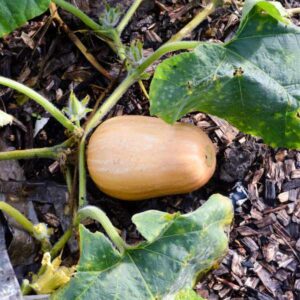
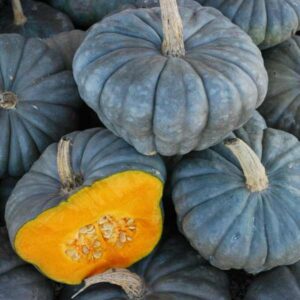
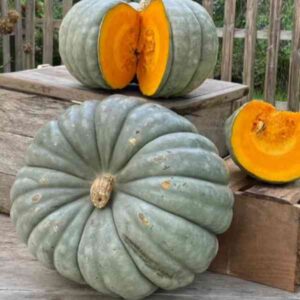
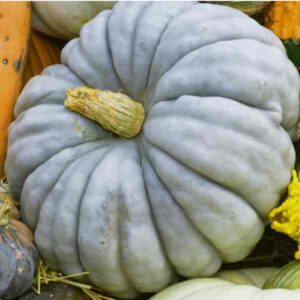
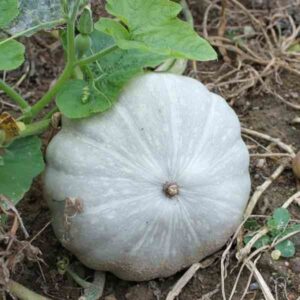
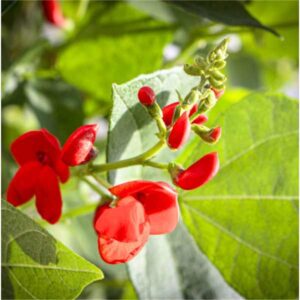

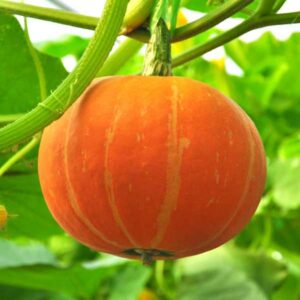
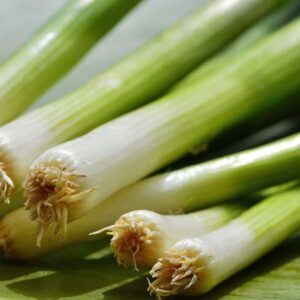
Reviews
There are no reviews yet